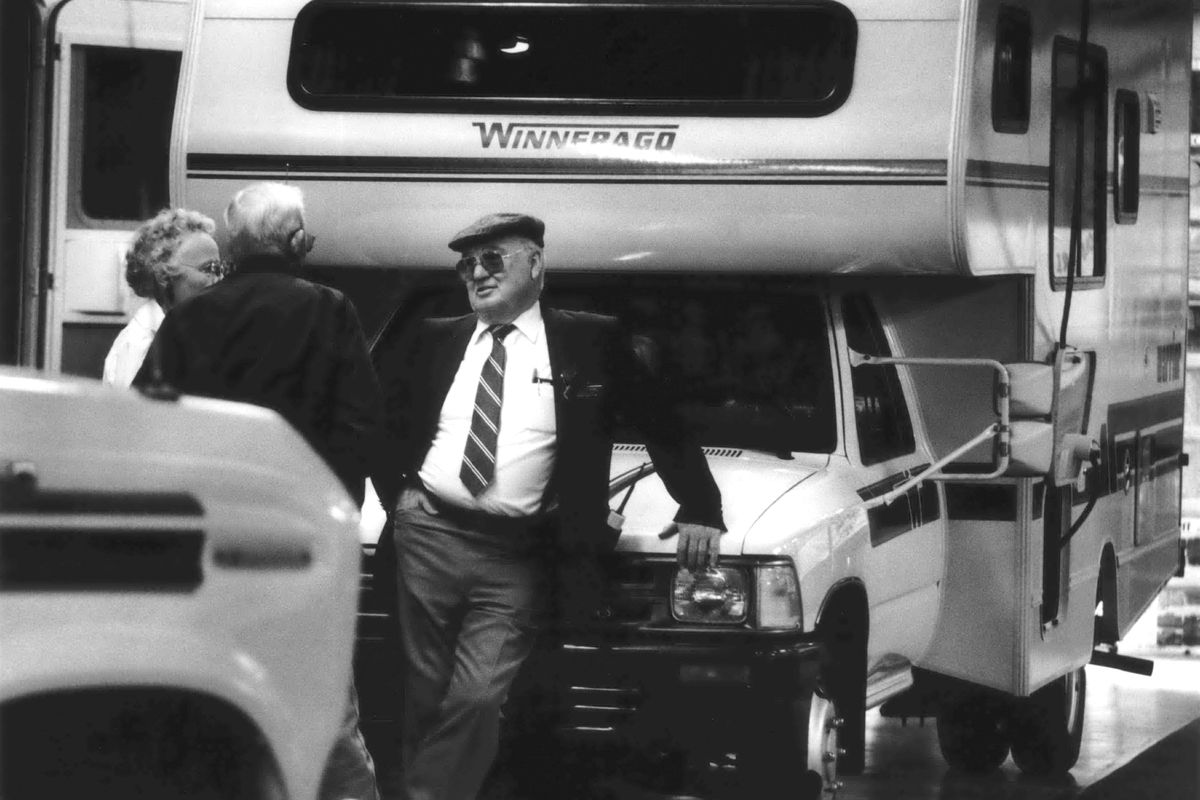Then and Now: Motorhomes and Trailers

Even after our region’s first settlers built towns and cities, some would still head to wilder areas to practice “woodcraft,” as camping used to be called.
Sociologist have posited that the desire to explore is endemic in all Americans.
The country’s first RV club, the Tin Can Tourists, was organized in 1919.
The earliest recreational vehicles were homebuilts on early automobile frames. In the Great Depression, the travel trailer became a way of taking your home, behind your car, into the woods or wilderness.
Most trailers were parked during WWII to save gas. Afterward, manufacturers started producing bigger trailers, up to 10-feet wide, creating a new product, the mobile home. These diverged from camp trailers into semi-permanent housing.
In 1966, a midwest manufacturer called Winnebago produced their first motorhome for $5000. It was a lot of money, but half of what competitors were charging. It was the start of the motorhome craze.
The 1973 gas crisis, with an increase in fuel cost and widespread shortages, led to a steep drop in motorhome sales, but Spokane still welcomed thousands of the vehicles to the 25 RV parks around town during Expo ’74.
Today, the affluence of modern America has led to a trend of more comfortable RVs with more amenities. “More people are living in them, so they need to be just like their homes,” said RV salesman Larry Skogen of R&R RV. He pointed to slide-out rooms, leveling jacks and layouts with more than one bathroom.
“People are wanting more room,” said Ray Bunney, who founded R&R in 1991. “That’s why we have large fifth-wheels (trailers) with four and five slide-out rooms. And younger people are wanting to travel with their ATVs.”
“The same person who longs for a yacht or a boat is the same person who longs for a diesel pusher (motorhome),” said Bill Fishfader, former owner of Freedom RV in Spokane.
“There are people who live in them, of course, but most travel for pleasure. It’s a recreational vehicle. Here in the Northwest we have almost every type of recreation imaginable,” said Bunney.